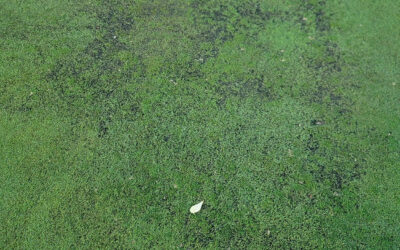GREENKEEPER BLOG
Simplify Your EOP Planning
Love it or hate it, Early Order Program season has returned. Personally, l’m relieved to have survived another hot Nebraska summer. The last thing I want to think about is the plan for next year. Still, the discounts, rebates and rewards can be tough to pass up each...
August Sugar Lows
It’s the middle August and many turfgrass plants are feeling as tired as their turfgrass managers. The recent extreme heat is taxing cool-season grasses like ryegrass, bluegrasses and bentgrass while summer weeds like goosegrass, foxtail and crabgrass are thriving....
How much grass WOULD have been in the buckets?
For years, golf course superintendents have asked the question to their greens mowing crew, "How much grass did you get today?" Common answers usually included "a lot" or "a little" or maybe more precisely how many times they needed to dump the mower buckets. But have...
Growth Rate Goals
We have been advocating daily measurement of growth rate on highly maintained turfgrass to improve management precision. Clipping volume measurements provide actionable data to help guide PGR applications and evaluate the efficiency of a fertilization program. But how...
Simple but Actionable Data: Part One
The word is getting out. Data collection and analysis can improve turf management efficiency. The team at GreenKeeper are excited to bring artificial intelligence and mower-mounted sensors to the turf management industry in 2023. These forms of data and analysis will...
Evolution of Data-Driven Turf Management
The thought of using data and models to guide turfgrass management decisions may seem daunting, but golf course superintendents have been using both to improve course conditioning for centuries. Superintendents are incredibly observant, and data are simply a set of...






